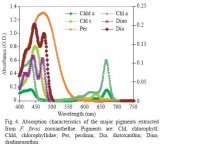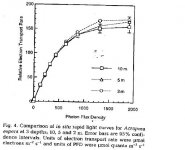I think I pretty much read lots of theory about lightning for reef aquariums.
My problem is with the practical aspects: there are different types of lights (NO/HO/VHO/PC/MH), and in each different types of lamps (XM/Iwasaki/???/???) each working with lots of different balasts (electonic/tar x MV balasts or standard balasts). Some combinations work better than others...
Furthermore, they cost significantly different, consume different powers, should be replaced at different time periods.
That's a MESS.
Did anybody put at least some of this information together somewhere (I checked the library, it's not there)? Digging it out of the message boards doesn't seem the right thing to do. This info is also not available in any of my books (M. Paletta - New Marine Aquarist, Fennner - Conscientious, Delbek & Sprung, Fenner & Calfo Reef Invertebrates, Nilssen + Fossa - reefs secrets). Also reading the ads on the package of the bulbs (online at marinedepot or hellolights) doesn't seem very reliable either...
So, can I find this type of info anywhere?
Thanks,
Mihai
Last thing: why do people supplement their 10000K lights with actinics? Do you get the same effect with 13000K?
My problem is with the practical aspects: there are different types of lights (NO/HO/VHO/PC/MH), and in each different types of lamps (XM/Iwasaki/???/???) each working with lots of different balasts (electonic/tar x MV balasts or standard balasts). Some combinations work better than others...
Furthermore, they cost significantly different, consume different powers, should be replaced at different time periods.
That's a MESS.
Did anybody put at least some of this information together somewhere (I checked the library, it's not there)? Digging it out of the message boards doesn't seem the right thing to do. This info is also not available in any of my books (M. Paletta - New Marine Aquarist, Fennner - Conscientious, Delbek & Sprung, Fenner & Calfo Reef Invertebrates, Nilssen + Fossa - reefs secrets). Also reading the ads on the package of the bulbs (online at marinedepot or hellolights) doesn't seem very reliable either...
So, can I find this type of info anywhere?
Thanks,
Mihai
Last thing: why do people supplement their 10000K lights with actinics? Do you get the same effect with 13000K?








